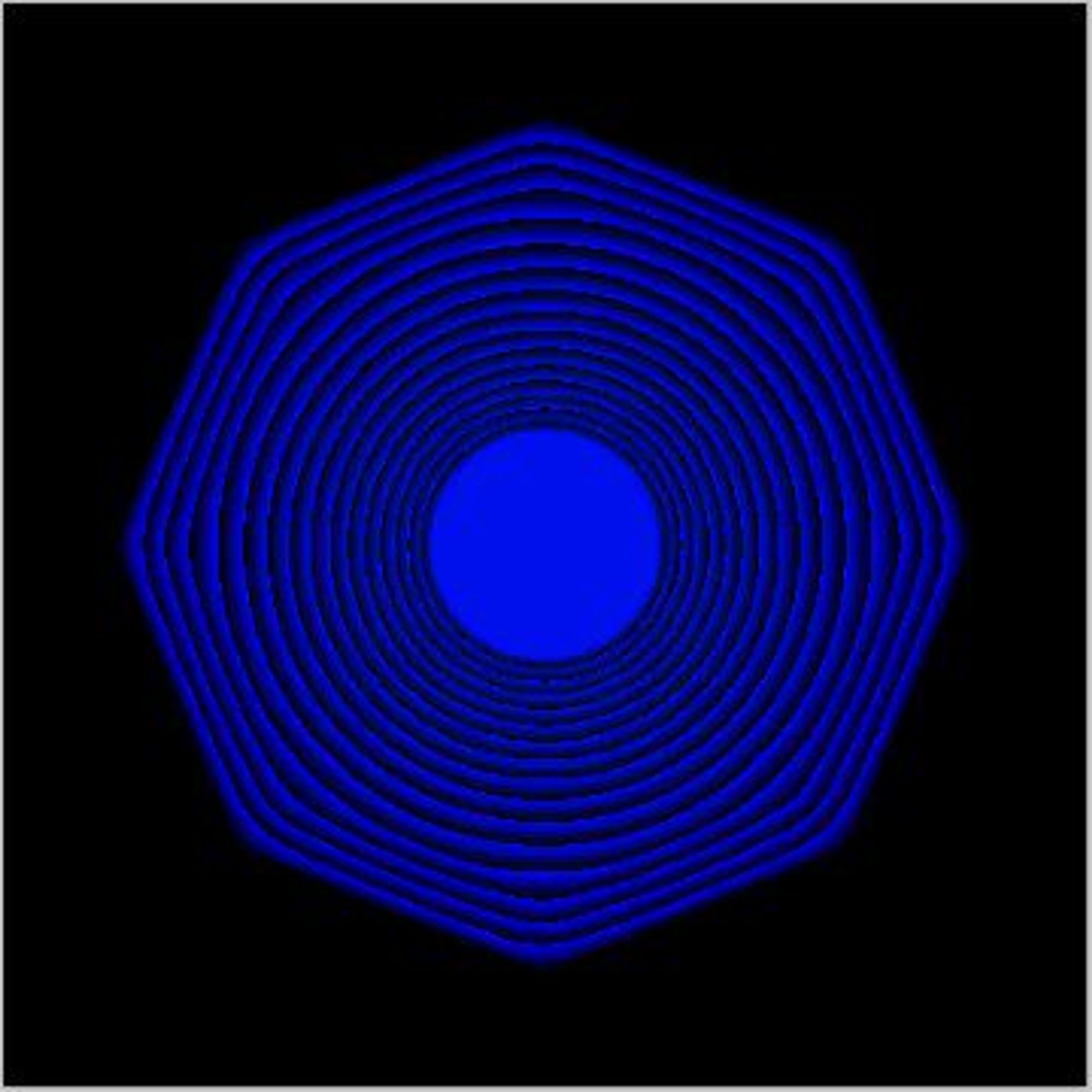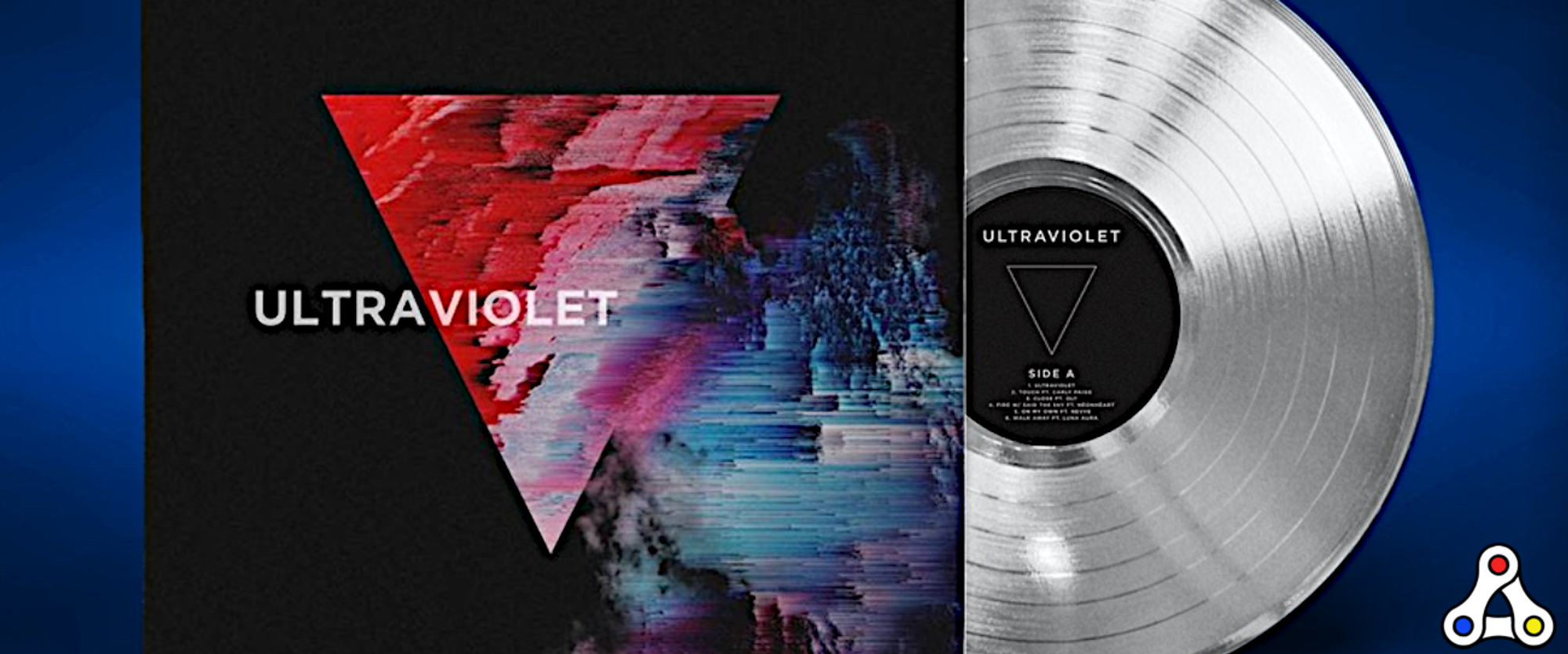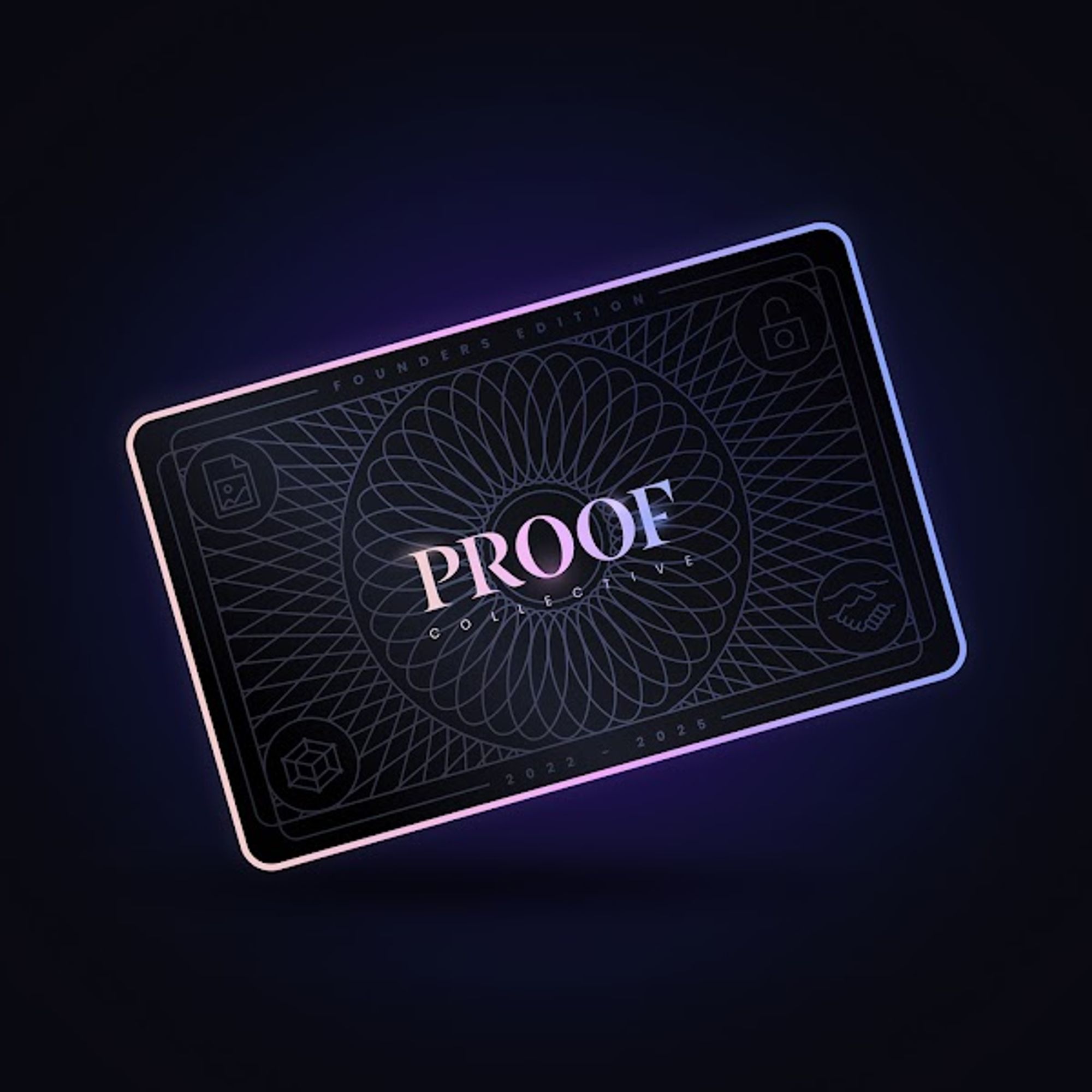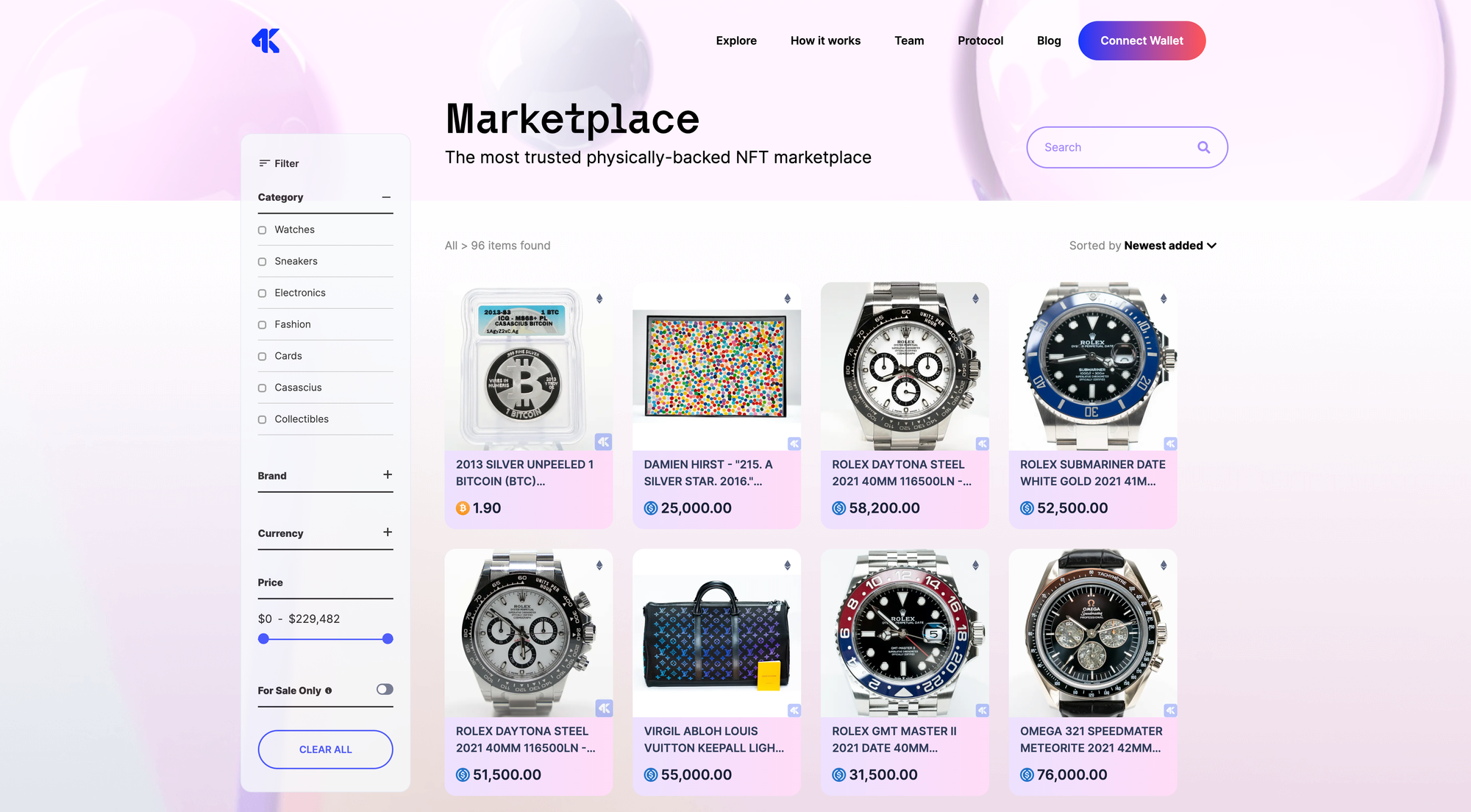Written by Joy W
NFTs, or non-fungible tokens, first introduced through the ERC-721 standard on Ethereum, are unique and non-interchangeable units of data stored on an open digital ledger—the blockchain.
The immutability and authenticity of a NFT, as given by blockchain technology, may be used to verify ownership of both digital and physical assets, thus inducing digital scarcity.
Profile images, digital artworks, in-game products, music, virtual lands, and other digital assets are currently some of the most common use cases for NFTs. However, NFTs are not just a snazzy buzzword for a new form of representation of digital art but are the implication for real-world solutions in eliminating middlemen and creating a new wave of financial innovations. As innovations and experimentations arise around digital collectibles to push out more use cases, the emerging technology will eventually be governing all aspects of our lives.
Here, we are highlighting the eight most innovative NFT use cases today. Now, let’s dive in!
1. Digital Art
Digital art is currently the most dominant case for NFT use, ranging from visual art, generative art, music, video, photography and more.

Quantum, an NFT by artist Kevin McCoy in 2014, was the first-ever artwork to be tokenized on the blockchain. In March 2020, a $69 million-dollar NFT art sale of the Beeple’s digital artwork “Everydays: the First 5000 Days” catapulted NFTs into the global limelight.
Since then, we’ve witnessed the rapid ascent of NFTs and the enthusiasm for minting any media art into NFTs, one of which is music.

Ultraviolet by 3LAU
Music NFTs led by artists such as 3LAU, RAC, Deadmau5, Grimes, Latasha, with web3-native music projects like Catalog, Royal, Audius, MODA DAO, and Song Mint together contributed to the music NFT market, worth well over $86 million of revenue in 2021.
Another profound number is that in 2021, auction houses generated more than $200 million from digital art NFTs. Christie's offered a photography NFT sale for the first time; the Twin Flames by Justin Aversano.
NFT art unlocks a new economic paradigm for artists: to directly connect with fans, for fans to have ownership of the art and have a stake in the outcome and the success of the artwork.
2. Membership
Memberships are quite a common use case for NFTs since they are great for token-gating communities.

PROOF by Kevin Rose and team are the genius minds behind the recent white-hot PFP project Moonbirds. Prior to Moonbirds, PROOF released its membership NFT PROOF Collective with a limited number of 1000 collectors in total. Members could enjoy numerous perks including a private discord, early access to the PROOF podcast, exclusive alphas, in-person events, airdrops and early access to future projects. Each PROOF member was airdropped two Moonbirds when the NFT collection launched on April 16, 2022.
Another example is Water & Music, a music research DAO that empowers music industry professionals. To access their global community filled with musical artists, founders and tastemakers, a membership is needed which comes in the form of an NFT.
3. Online Credential
Vitalik along with his peers E. Glen Weyl and Puja Ohlhaver recently released the research paper Decentralized Society: Finding Web3’s Soul introducing the idea and theory behind Soul-Bound Tokens (SBT).
Soul-Bound Tokens are non-transferable, Vitalik et al wrote, “representing the commitments, credentials and affiliations of ‘Souls’ [encoding] the trust networks of the real economy to establish provenance and reputation.”
Credentials such as academic or education qualifications are best for non-transferable NFTs. Education and on-chain resume projects like 101.xyz and Noox issue online credentials as Soulbound NFTs when completing certain tasks. People's NFTs are therefore unique identifiers that may be utilized as their on-chain identification to access new options.

4. Ticketing
IRL (in real life) use cases of NFTs will facilitate blockchain’s rising adoption, and ticketing is at the vanguard of this trend.
A16z-backed social DAO FWB (Friends with benefits) sold 250 early bird tickets for its first multi-day festival in Idyllwild, California to its members in the form of a NFT. These NFTs are used to gate events and can be traded in secondary markets such as OpenSea.
An example of pushing broad adoption of NFT ticketing is the GET Protocol. GET Protocol is a global NFT ticketing protocol on Polygon with ticket issuer partnerships including DeFy Tickets, Relic Tickets, Neonox from the US, GUTS, Yourticketprovider from the Netherelands, as well as several others. It presents a solution for building connections between artists, event organizers, and their audience through IRL events whilst using the latest technological innovations.

The GET Protocol is powered by $GET; ticket issuers need $GET to mint ERC-721 Ticket NFTs. The secondary market revenue would be retained by the artists and event organizers as opposed to streaming into scalpers.
NFT tickets are registered on-chain and tradable to customers digitally. This opens up the opportunity for a more secure secondary market, pre-funding events, and selling digital merchandise, as the CEO of Yourticketprovider Bart Peute noted.
Both ticket holders and organizers may rely on blockchain as a reliable source. The movement of NFT tickets from the original sale to resale is immutably recorded on the blockchain, allowing all parties to establish the ticket's legitimacy as well.
5. NFT-as-a-service
One interesting use case for digital assets is the recently announced NFT PA project from HumanDAO. HumanDAO is a social impact decentralized autonomous organization (DAO) dedicated to improving underrepresented groups around the world through education and work opportunities. NFT PA (NFT Pocket Assistant) is inspired by the current gig economy and virtual assistant model but improves the existing model by matching Pocket Assistants (PA) from underserved communities with NFT PA holders.
This NFT-as-a-service product offers anyone who has the need to increase efficiency and outsource non-core tasks while creating job opportunities for marginalized communities.

Services provided will include personal assistance, research, scheduling, note-taking, light bookkeeping, and many more. NFT owners can unlock 20 “energy bars” each week to delegate tasks, one energy bar equals 30 minutes of PA time. “Energy” does not roll over to the following week, however, it can be shared with friends and family. HumanDAO plans to launch a rental market for “energy” where NFT PA holders will be able to loan out weekly energy if/when they are unable to use it themselves, earning a fee. And, like other NFTs on the market, they can be traded as well.
6. Physically-backed NFTs
Physical-item NFTs might not be the first thought that comes to mind in the conversation about NFTs. However, there are many benefits to bringing physical assets on-chain.
A physically-backed NFT allows NFT holders to have transparency for asset history, traceable provenance, authentication, and asset condition reports. It also makes physical assets cheaper and more efficient to trade on web3-native platforms.

4k is a protocol and a marketplace for minting physically-backed NFTs on Ethereum. Sellers can connect with 4k, ship the desired physical asset to sell, and mint an NFT. The physical asset will be stored at a 4k warehouse as the minted physically-backed NFT is listed and traded on its marketplace. Watches, sneakers, electronics, trading cards, casascius, and other collectibles are among the physical items available on its NFT platform.
7. Real-estate digital assets
Blockchain technology has the potential to disrupt the real estate industry by replacing escrow and leases with smart contracts, NFTs for proof of ownership, seamless trading on the open market, and tokenizing and fractionalizing real estate properties to unlock liquidity.
The brick-and-mortar can be tokenized with a representation and value stored on the blockchain. By tokenizing the underlying value of residential properties, homeowners are able to access liquidity which was never possible before. Vesta Equity is one of the many innovative projects sitting at the intersection of real estate and blockchain.

On Vesta, homeowners decide how much percentage of the residential property underlying value they wish to tokenize, then investors can invest as little as 0.01% of the property value in the form of NFTs.
8. Play to Earn
Play-to-earn games award users with digital currency or non-fungible tokens. These blockchain-backed games, also known as P2E, have gone widespread in recent months, becoming a major component and each platform boasting its own kind of cryptocurrency to compensate online gamers for their time investment or for holding onto their NFT.
StepN, developed by FindSatoshi Lab Ltd., is an app growing to become the leading crypto-fitness game for smartphone users. Your phone's GPS tracking measures the amount of movement you generate in 5-minute increments and bases earnings on this.
Axie Infinity is another well known example due to its strong user base of enarly 2 million users worldwide. The goal of the game is for players to collect, raise, and breed legendary creatures known as Axies. It gives gamers AXS or SLP tokens that can then be traded for money in exchange.
What’s next in the NFT space
When it comes to NFT applications, anything goes in this virtual world. Digital art, membership, online credential, ticketing, NFTs-as-a-service, physically-backed NFTs and real estate mentioned above are only scratching the surface of NFT use cases.
Domain names, digital wearables, digital land, memes, charity, sports, gaming, voting, and so many uncounted use cases are popping into the scene.
As our digital lives develop and expand even further into the metaverse, NFTs will constitute and compose our digital properties while forming our digital identities as well as bridging the physical and the digital worlds together.

Join the Portion Community:
Discord | Twitter | Instagram | Blog | Decentraland
